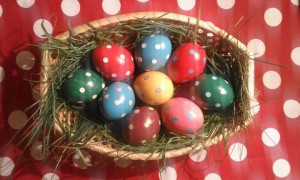
As Hungary is a catholic country, Easter plays an important role in the line of national holidays of the country. The religious customs are still part of many people’s life, but the old traditions like splashing, egg painting, decorating the catkins branch are celebrated by even more Hungarians.
The fast starts 40 days before Easter, and ends on Holy Saturday. By this day, everybody is excited about the spirit of the holiday, and of course the fresh vegetables, eggs, ham, horse-radish and scones that we eat during this season. On the Holy Saturday, it is habitual, that we shake the fruit trees, in order to drop the old fruit from the tree, and avoid the warms of new harvest.
Eggs, lamb, ham and rabbits are the traditionally consumed food of Easter, and all have a symbolic meaning connected to the catholic religion.
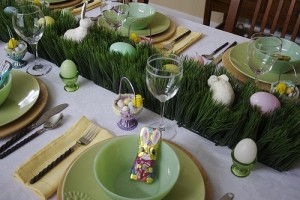
Eggs are the oldest symbol of the rebirth, and in the religion, it is the symbol of resurrection.We start painting the eggs 2-3 weeks before the holiday, by blowing them first (making a hole on both sides with a needle, and simply blow the white and yolk out), and then painting them. If you don’t want bother with the difficult part of egg-blowing, then cook the eggs 1-2 days before Easter, and decorate them with “healthy” paintings, such as the onion leaves. You can then serve these beautiful painted eggs on your Easter table. The members of the families have to eat the eggs together, in case they get lost later on in their life, they will find the way back to each other.
Lamb symbolizes Jesus Christ himself, as he sacrificed his life for the other people as a scapegoat (Lamb of God).
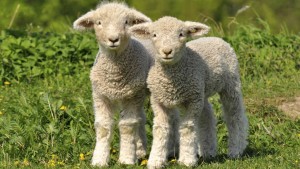
Ham also symbolizes Jesus Christ, and actually plays a bigger role in the Hungarian diet than lamb. Ham was produced during pig-slaughter in winter time, and hanged to smoke 40 days at the latest before Easter. It could not be eaten during the fast. It was solely reserved for Easter. This old tradition remained in our culture, and Hungarians currently eat around 7000 tons of cooked ham during Easter.
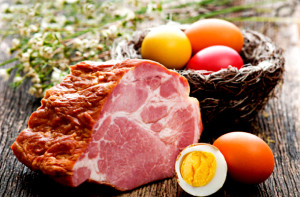
The symbolism of rabbit used during Easter comes from German culture. By the legend, Ostara, the German Goddess owned a bird which laid colorful eggs. To entertain the children she transformed the bird into a rabbit, so we got this strange rabbit that nests colorful eggs. It is said that the term “Easter” is coming from the Goddess’ name as well.
We cannot forget to mention that tradition of “splashing” which is quite unique to Hungary. On Easter Monday the men and boys splash water or perfume on the women and girls, accompanied by a funny poem, that is about this nice tradition. In return they receive the nicely painted eggs, chocolate eggs, or any kind of sweets, cakes.
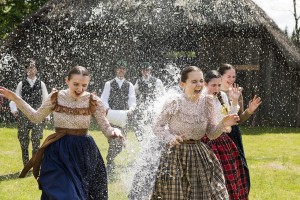
All kinds of cakes and cookies are also baked for the holidays, and offered to the male visitors on Easter Monday, in return of the splashing. One typical dessert of Eater is called “sárgatúró” (“yellow cottage cheese”: cottage cheese with eggs, and sweatened with sugar and vanilla), perpared only in Szabolcs-Szatmár and Hajdú counties.
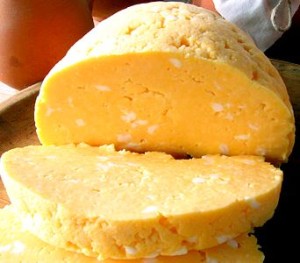
Enjoy this lovely holiday!
